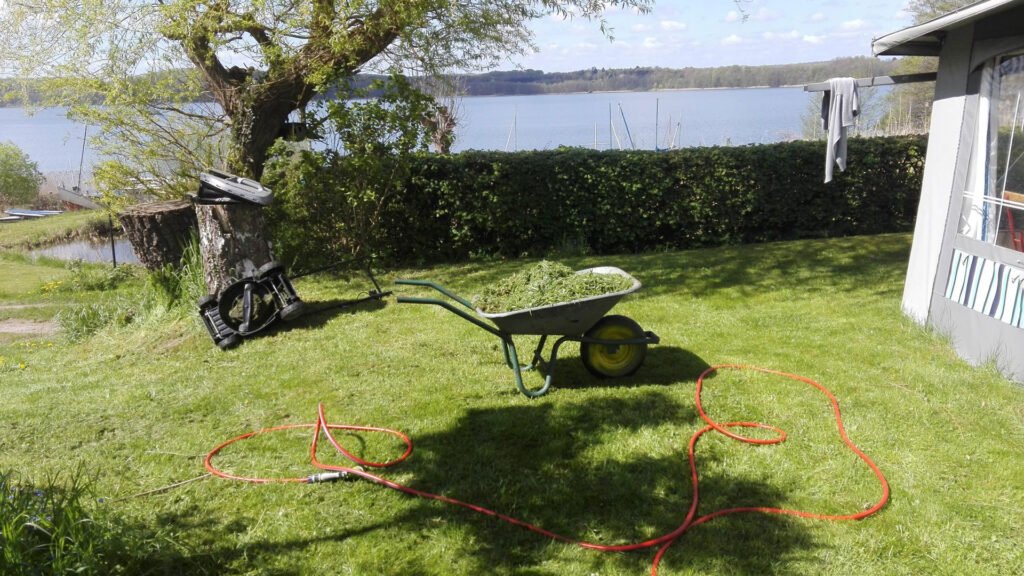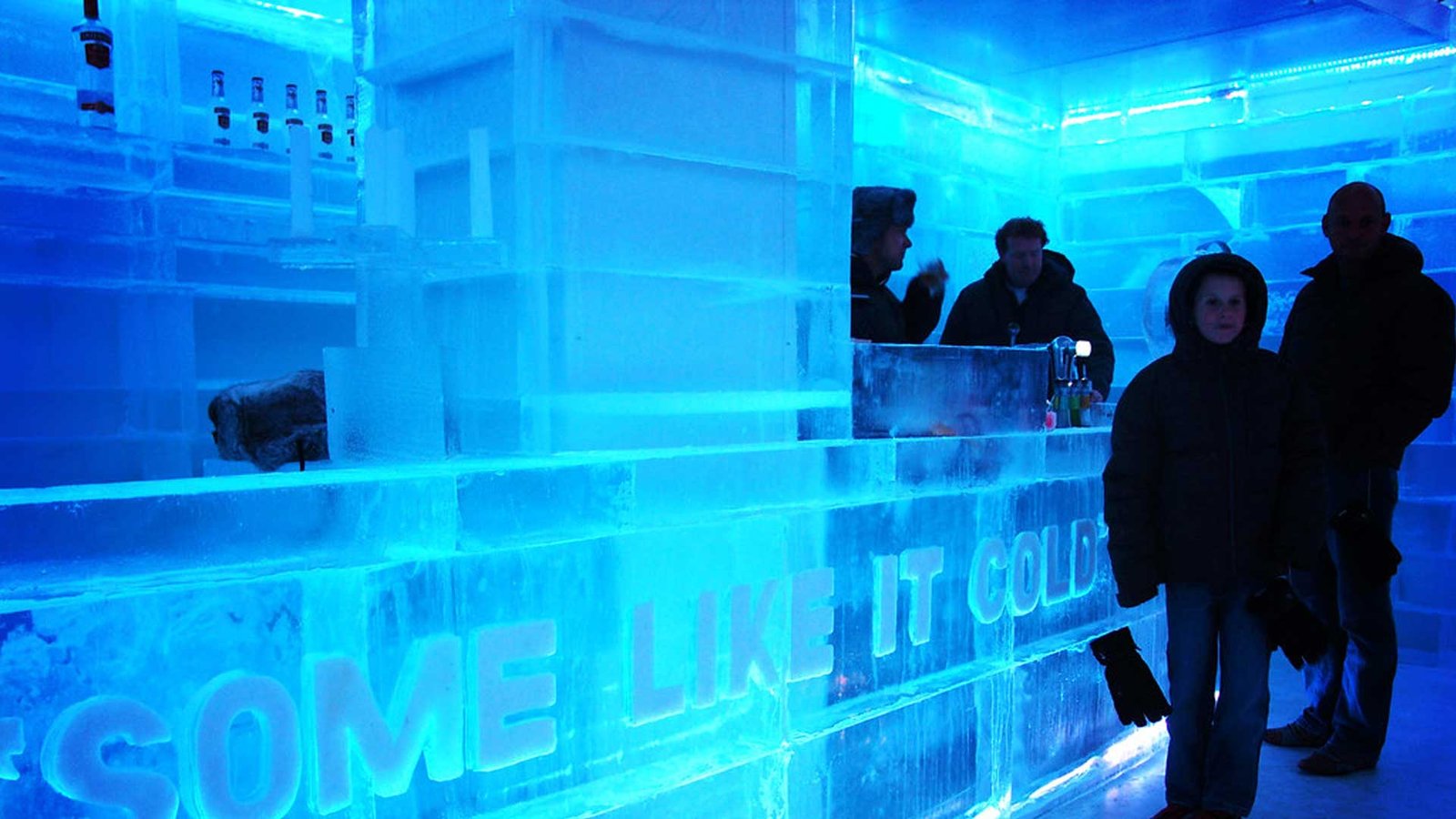Yard drainage is essential for keeping not just your yard dry but also your home in excellent repair. The majority of DIY yard drainage systems are low-cost and straightforward to use. The idea is to drain flooded parts of your yard and keep water away from the foundation of your home. Adding soil sloping away from the foundation of your home at a 1-inch slope every 1 foot of run is one of the most frequent solutions for poor drainage. According to our specialists, this slope should be four to six feet away from the foundation wall.
Drainage Materials Should Be Used Instead of Hardscapes
Patios and driveways benefit greatly from exterior hardscape materials such as concrete and asphalt. They elevate you or your car off the damp ground and dry rapidly. On the other hand, they may occasionally redirect water in the incorrect way. Water will cascade down your foundation if a concrete patio slab is slanted toward the house by tree roots. To improve consistent drainage, replace hardscape materials with crushed gravel or pea gravel.
Install a Rain Barrel if the weather isn’t cooperating
Instead of being squandered, water from downspouts may be put to good use. Place a rain barrel next to a downspout, whether you build it yourself or buy one. You may send water into the barrel by rearranging the downspout, where it gathers for later use in the garden. In several states, collecting rainwater is prohibited: Before installing a rain barrel on your property, be sure you know the rules in your area.
Add a Drain Channel
Stop the water in its tracks if you have a concrete or asphalt driveway or walkway that sends water in the incorrect direction. A shallow trench is excavated into the concrete or asphalt to begin installing a channel drain. The trench is then lined with a long channel drain. When water enters the channel drain, it is directed away from the home or garage in a different direction.
Install a French Drainage System
Surface water that runs over your yard might be difficult to regulate, particularly if it comes from somewhere else. A French drain, fortunately, is a low-cost method of controlling surface water. On top of a perforated PVC pipe, a French drain is a trench filled with permeable materials such as gravel. Water rushes into the PVC pipe via the pebbles. The water is quickly whisked away by the PVC pipe.
Your Lawn Should Be Aerated

Aeration is a popular and required activity for keeping your grass in good shape. Aeration breaks up compacted soil under the grass and makes pores for air and nutrients to enter. Another advantage of aeration is that it improves yard drainage. The water trickles down via hundreds of holes rather than accumulating on the grass.
Drainage in the yard should be collected in a catch basin
The worst thing that can happen when water from gutters and downspouts reaches the ground is for it to pool and seep across your home’s foundation. Install a collect basin at the bottom of each downspout to channel the water away. Water enters the catch basin and then travels to a drain emitter through underground PVC pipes.
Construct a Dry Creek Bed
A dry creek bed offers the best of both worlds in terms of functionality and aesthetics. A dry creek bed is made up of rocks varying in size from river rocks to tiny boulders and serves as a stormwater route. Rather than letting nature decide, you may direct the flow into a swale, a catch basin, or to the property’s boundary. A dry stream bed is a stunning sort of xeriscaping for your yard when it isn’t busy moving water.
Extensions for Downspouts
Downspouts are gutters that run down the side or corner of a house and end just above ground level. A downspout elbow is sometimes installed so that water does not run beside the foundation. However, it’s critical to transfer that water even farther away from the house, and installing downspout extensions is the simplest, quickest, and most cost-effective method to do it. By clamping these flexible plastic tubes onto the downspout’s end, the water will be diverted 4 feet away from your home.
Make a Drain in the Yard
Yard drains are dug straight into the ground in areas where flooding has occurred historically. Yard drains are passive conduits for any water that comes their way, similar to shower or bathtub drains. They transport the water via secret pipes to a dry well as a final destination.
Make a Dry Well
A dry well is a vast subterranean basin that is filled with rocks. It’s a water gathering point that works in tandem with other yard drainage techniques. A dry well may hold a lot of water, which subsequently percolates into the earth surrounding it.





